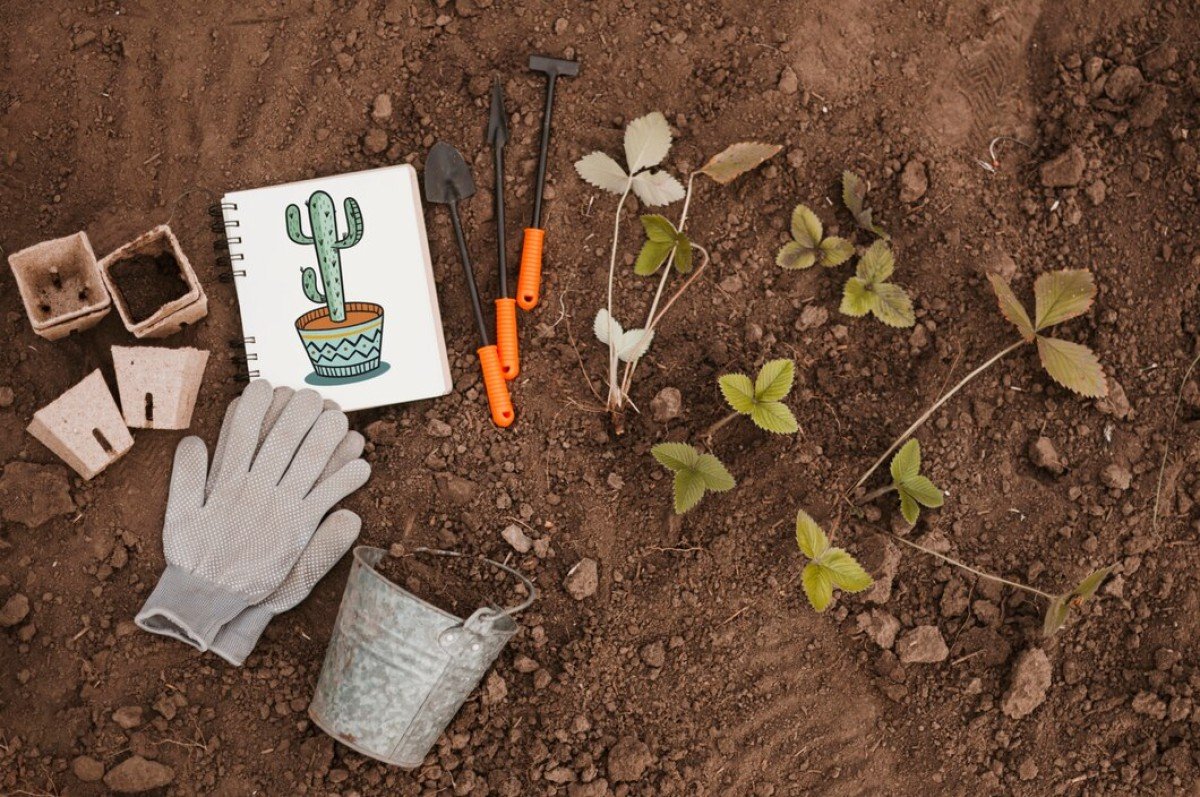Choosing the right top soil is a crucial step in any landscaping project, whether you’re planting a new lawn, establishing a garden, or creating flower beds. The quality and type of top soil you select can significantly impact the health and vitality of your plants. In this article, we’ll guide you through the key factors to consider when choosing top soil for your landscaping project.
Understanding top soil
top soil is the uppermost layer of soil, typically ranging from 2 to 12 inches in depth. It contains a mix of organic matter, minerals, and microorganisms that support plant growth. Good top soil should be rich in nutrients, have good drainage, and be free of contaminants.
Assessing Your Needs
Before purchasing top soil, it’s essential to assess the specific needs of your project. Consider the following:
- Purpose: Are you planting grass, flowers, shrubs, or vegetables? Different plants have different soil requirements. For example, vegetables typically require nutrient-rich soil, while some ornamental plants may thrive in less fertile conditions.
- Area Size: Determine the area you need to cover with top soil. This will help you calculate the amount of top soil required.
- Existing Soil Quality: Evaluate the quality of your current soil. Is it sandy, clayey, or loamy? Understanding the existing soil composition will help you choose a complementary top soil type.
- Budget: top soil prices can vary significantly. Determine your budget to help narrow down your options.
Types of top soil
top soil can vary in composition, texture, and quality. Here are some common types:
- Screened top soil: This type of top soil has been filtered to remove large debris, such as rocks and sticks. It’s a good all-purpose soil suitable for most landscaping needs.
- Unscreened top soil: Unscreened top soil is less processed and may contain larger particles. It’s generally cheaper but may require additional work to remove debris.
- Loam: Loam is a balanced mix of sand, silt, and clay, often considered ideal for gardening due to its good drainage and nutrient content.
- Sandy Soil: Sandy soil drains well but may lack nutrients and moisture retention. It’s suitable for plants that require well-drained conditions.
- Clay Soil: Clay soil retains moisture and nutrients well but can become compacted, leading to drainage issues. It’s best mixed with other soils for improved texture.
- Organic top soil: Rich in organic matter, this type of top soil is ideal for vegetable gardens and flower beds, providing essential nutrients for plant growth.
Key Factors to Consider
When selecting top soil for your landscaping project, consider the following factors:
- Nutrient Content: High-quality top soil should be rich in essential nutrients like nitrogen, phosphorus, and potassium. These nutrients support healthy plant growth and development.
- pH Level: The pH level of the soil affects nutrient availability to plants. Most plants prefer a neutral pH (around 6.0 to 7.0). Test the pH level of your top soil to ensure compatibility with your plants.
- Texture: The soil texture affects water retention and drainage. A good balance of sand, silt, and clay (loam) provides optimal conditions for most plants. Sandy soil drains quickly, while clay soil retains water longer.
- Organic Matter: Organic matter improves soil structure, nutrient content, and water retention. Look for top soil with a healthy amount of organic material, such as compost or decomposed plant matter.
- Drainage: Ensure the top soil has good drainage to prevent waterlogging, which can harm plant roots. Conduct a drainage test by wetting the soil and observing how quickly water drains away.
- Contaminants: Check for contaminants like weeds, seeds, and chemicals. High-quality top soil should be free from pollutants that could harm your plants.
How to Test top soil Quality
Before purchasing large quantities of top soil, it’s wise to test its quality. Here are some simple tests you can perform:
- Visual Inspection: Examine the soil for color and texture. Good top soil should be dark and crumbly, indicating a high organic content.
- Soil Squeeze Test: Squeeze a handful of moist soil in your hand. If it crumbles easily, it’s likely to have good drainage. If it forms a sticky ball, it may have too much clay.
- Jar Test: Fill a jar with soil and water, then shake it vigorously. Let it settle for 24 hours. The layers that form will indicate the proportions of sand, silt, and clay.
- pH Test: Use a pH test kit to determine the soil’s acidity or alkalinity. Adjust the soil pH if necessary to suit your plants’ needs.
Buying top soil
When purchasing top soil, consider the following tips:
- Reputable Suppliers: Buy from reputable suppliers who can provide information about the soil’s origin and composition.
- Bulk vs. Bagged: top soil is available in bulk or bags. Bulk purchases are more cost-effective for large projects, while bagged top soil is convenient for smaller areas.
- Delivery Options: If purchasing in bulk, check delivery options and costs. Ensure you have a suitable area for the delivery.
- Samples: Ask for samples before committing to a large purchase. Testing a small amount can help ensure it meets your requirements.
Choosing the right top soil is essential for the success of your landscaping project. By understanding the different types of top soil and considering factors like nutrient content, texture, and drainage, you can select the best soil for your specific needs. Remember to test the soil quality before purchasing and choose a reputable supplier to ensure you receive high-quality top soil that will support healthy and vibrant plant growth.

 News3 months ago
News3 months ago
 Health2 years ago
Health2 years ago
 Technology2 years ago
Technology2 years ago
 Celebrity2 years ago
Celebrity2 years ago

















